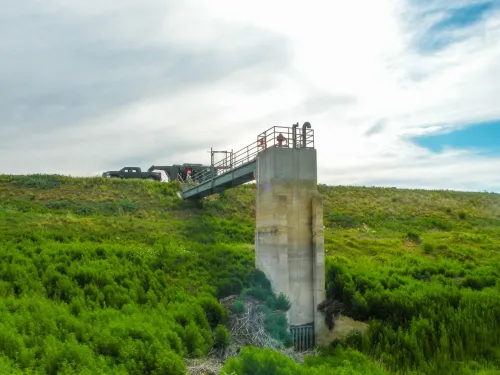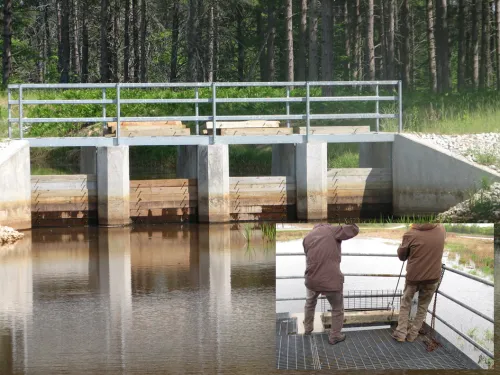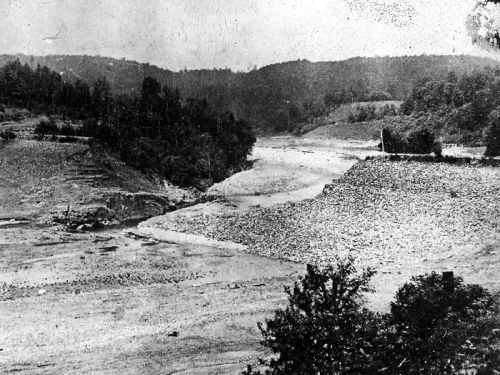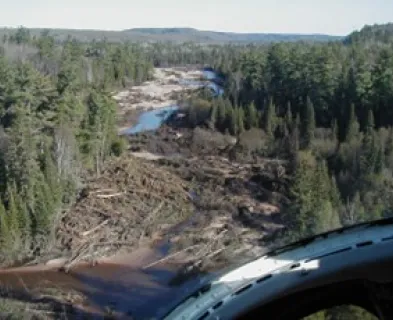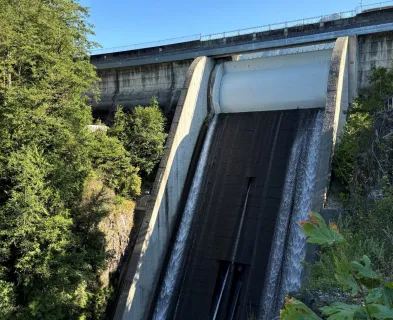All dams need an operable means of drawing down the reservoir.
The ability to quickly and safely perform reservoir drawdown can be crucial to the protection and preservation of a dam. A reservoir low level outlet works and/or drain system with adequate capacity should be provided in all dams to provide a method of lowering the reservoir level in an emergency within a reasonable period. In several instances, dam failures have been averted by lowering the reservoir in response to emergency conditions detected at dams.
Common types of reservoir drains include gated openings in a riser or control structure, a low level conduit through the dam with a valve or gate at either end of the conduit, or stoplogs located in a control structure. For conduits through embankment dams, it is industry practice to provide a means for upstream closure. In special cases where a reservoir draining system was not incorporated into the original design and construction of a dam, or where the reservoir drainage system is inoperable, siphons or pumps have been installed and used to drawdown the reservoir.

Reservoir drawdown by an outlet works draining system can be necessary in a variety of circumstances. Should serious problems that threaten the immediate safety of the dam occur, the reservoir drain system may be used to lower the reservoir level to reduce the likelihood of dam failure. Examples of such emergencies include clogging of the spillway that could lead to failure of the dam by overtopping, development of internal erosion and uncontrolled seepage in an embankment that could lead to failure of the dam, or a structural problem with a spillway or other critical feature of the dam that could lead to its failure.
Repairs to spillways, embankments, or other dam appurtenances or performance of standard maintenance procedures may also require the drawdown of the reservoir.
In addition to providing a means of drawdown, the outlet works is needed to control the reservoir level during first filling.
References:
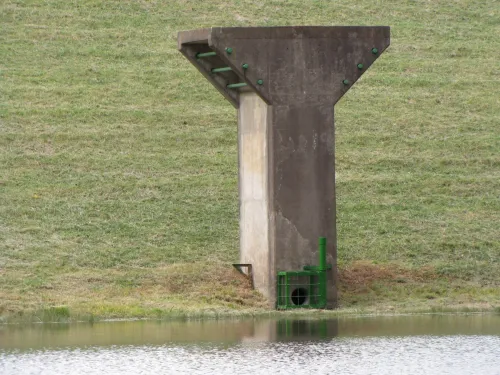

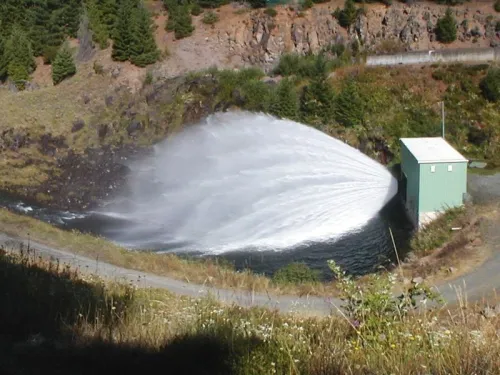

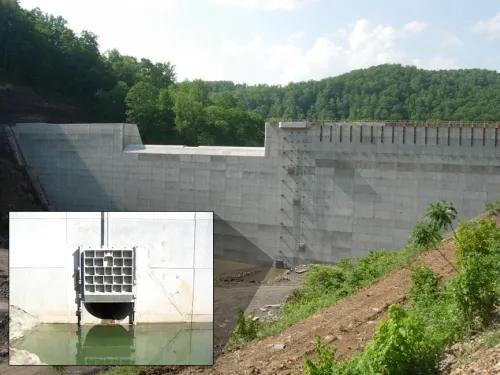
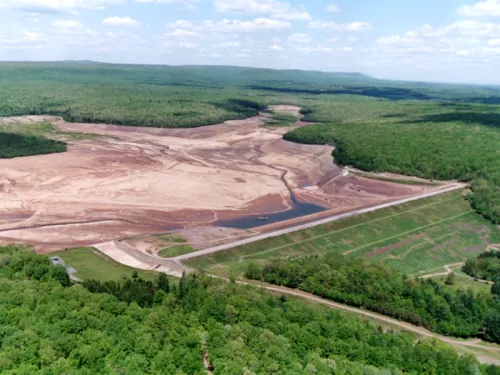
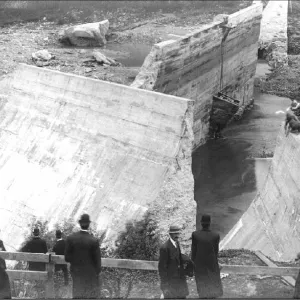
Austin (Bayless) Dam (Pennsylvania, 1911)
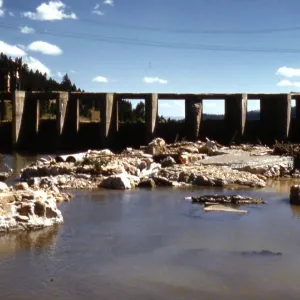
Hebgen Dam (Montana, 1959)
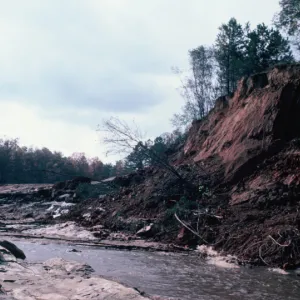
Kelly Barnes Dam (Georgia, 1977)

Machhu Dam II (Gujarat, India, 1979)

Mammoth Dam (Utah, 1917)
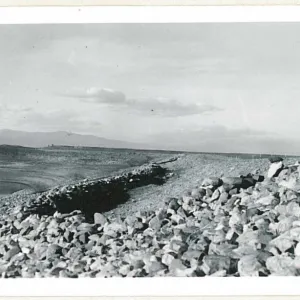
Marshall Lake Dam (Colorado)
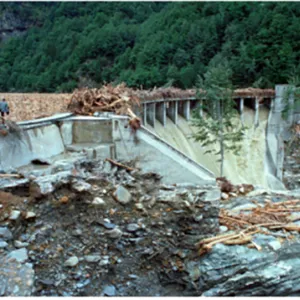
Palagnedra Dam (Switzerland, 1978)
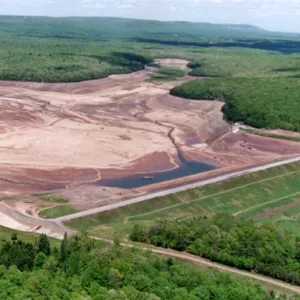
Penn Forest Dam (Pennsylvania, 1994)
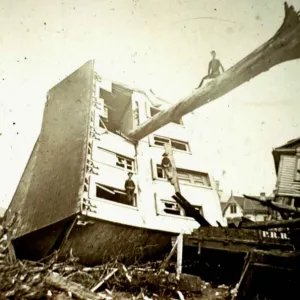
South Fork Dam (Pennsylvania, 1889)
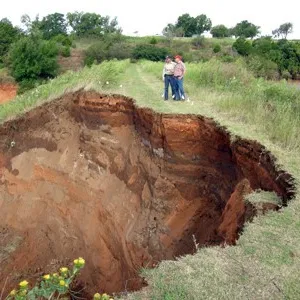
Sugar Creek Watershed Dam No. L-44 (Oklahoma, 2007)

Teton Dam (Idaho, 1976)
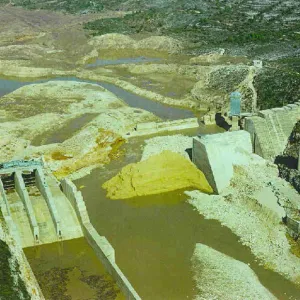
Tous Dam (Spain, 1982)
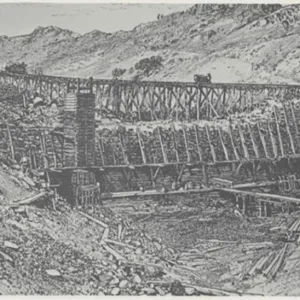
Walnut Grove Dam (Arizona, 1890)
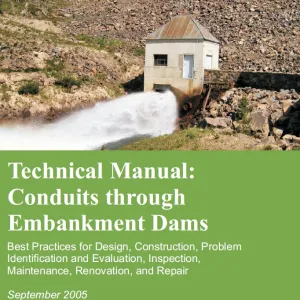
Technical Manual: Conduits through Embankment Dams - Best Practices for Design, Construction, Problem Identification and Evaluation, Inspection, Maintenance, Renovation, and Repair

ACER TM No. 3 - Criteria and Guidelines for Evacuating Storage Reservoirs and Sizing Low-Level Outlet Works
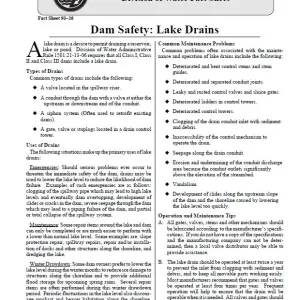
Dam Safety: Lake Drains, Fact Sheet 93-26
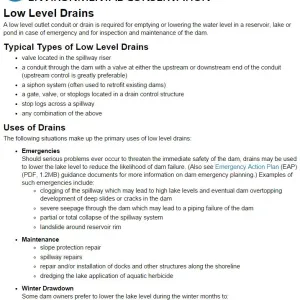
Low Level Drains

